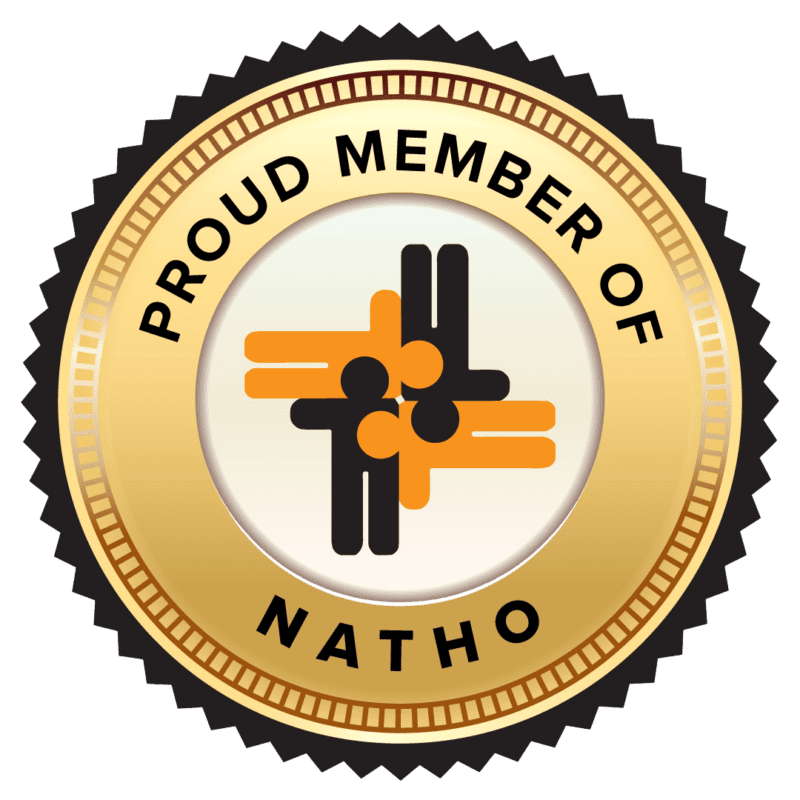Picture this: Your team has 200 applications to screen for an urgent IT role. Your ATS has parsed the resumes, but you are still spending hours manually reviewing each candidate to ensure they have the right certifications, experience level, and technical skills. Meanwhile, your client needs a shortlist by tomorrow, and three more job orders just came in with similar urgency.
While most staffing firms have basic automation in place, many aren’t fully leveraging their ATS’s screening capabilities. The result? Recruiters still spend valuable hours on manual screening when they could be building relationships with top candidates and clients.
Let’s explore how to optimize your early-stage screening process to dramatically cut down review time while maintaining or even improving the quality of your candidate shortlists.
The Stakes: Early-Stage Screening Makes or Breaks Your Success
Effective candidate screening directly impacts every aspect of your staffing operation. When you get it right, you are not just filling positions, but building trust with both clients and candidates.
Quality screening means presenting clients with candidates who truly match their requirements, not just on paper but in reality. It’s the difference between sending five excellent matches versus fifteen maybes. This precision doesn’t just save your client’s time; it protects your firm’s reputation and strengthens your relationships.
Speed matters too. The best candidates are often off the market within days. When your screening process is optimized, you can quickly identify top talent and move them through your pipeline before competitors do. Your team spends less time reviewing unqualified candidates and more time engaging with promising ones.
Perhaps most importantly, good screening creates better experiences all around. Candidates get faster responses and more relevant opportunities. Clients receive better-matched candidates with less back-and-forth. Your team stays focused on high-value activities instead of drowning in administrative tasks.
The Time versus Quality Dilemma
Most staffing firms face a daily tug-of-war between speed and thoroughness in their screening process. Even with an ATS in place, many recruiters find themselves caught in inefficient routines that waste valuable time.
Basic Keyword Matching Falls Short
Basic keyword matching, while quick, often misses qualified candidates or floods your pipeline with false positives. A candidate might have “Python” on their resume but lack the specific experience level or industry background your client needs.
Inconsistent Screening Across Teams
The problem compounds when different recruiters handle screening differently. One team member might do a deep dive into each resume, while another relies solely on keyword searches. This inconsistency leads to varying candidate quality and makes it harder to maintain standards across your organization.
Time-Consuming Manual Workarounds
Many recruiters end up creating manual workarounds—copying data into spreadsheets, maintaining separate checklists, or reviewing the same information multiple times in different systems. These band-aid solutions might feel necessary at the moment, but they are eating up hours that could be spent on building relationships with top candidates.
Five Ways to Optimize Your ATS Screening Process
Your ATS likely has powerful screening capabilities that aren’t being fully utilized. By fine-tuning these features, you can dramatically reduce the time spent on manual screening while improving the quality of your candidate matches. Here are five ways to optimize your screening process using tools you already have at your disposal:
Read More: Is Bad Data Costing You Hires? How to Clean Up Your Bullhorn System for Better Results
1. Configure Smart Resume Parsing
Your ATS can do more than basic keyword matching. You can configure custom parsing rules to screen for specific combinations of skills, experience levels, and certifications. For instance, Bullhorn lets you create complex search filters that can distinguish between a junior Python developer and a senior full-stack engineer who uses Python to ensure more accurate matches from the start.
Take advantage of custom field mapping to capture industry-specific requirements automatically. Set up your parser to identify and categorize specialized certifications, security clearances, or required licenses.
This means when a healthcare staffing client needs RNs with specific certifications, or a tech client needs developers with particular security clearances, your ATS can automatically flag these candidates without manual review.
2. Streamline Application Forms
Transform standard application forms into powerful screening tools by configuring smart questions that qualify candidates before they enter your pipeline. Your application form can automatically screen for:
- Minimum years of experience
- Required certifications or licenses
- Shift availability and work preferences
- Location and travel requirements
- Security clearance levels
- Salary expectations
The key is designing forms that gather crucial information without creating friction in the application process. Rather than lengthy questionnaires, use conditional logic where follow-up questions appear based on previous answers.
If a candidate indicates they have a specific certification, your form can automatically request the certification number and expiration date. This approach collects detailed information when needed while keeping the process smooth and efficient for all candidates.
3. Automate Assessment Integration
Stop switching between systems to track candidate qualifications. By connecting your skills testing platform directly to your ATS, you create a seamless screening process that automatically enriches candidate profiles with assessment results. Your system can track:
Unlike traditional screenings, video tools allow staffing firms to revisit responses, share recordings with clients, and even use AI to analyze video responses for keywords, tone and sentiment as necessary. This feature saves time for recruiters while providing valuable insights into a candidate’s communication style, professionalism, and cultural fit.
4. Set Up Intelligent Candidate Matching
Move beyond simple matching by creating a weighted scoring system that reflects real-world hiring priorities. Instead of treating all requirements as equal, configure your system to prioritize what truly matters for each role. Your matching system can weigh:
- Critical technical skills at 50% of the score
- Years of industry experience at 30%
- Cultural fit indicators at 20%
- Bonus points for additional certifications
- Extra weight for recent, relevant experience
- Location proximity when it matters
Rather than getting hundreds of partial matches, smart scoring helps surface your best candidates first. You can continuously improve your match accuracy by fine-tuning these weights based on client feedback and placement success.
For instance, you might discover that for certain roles, recent experience should carry more weight than total years in the industry. These insights help you refine your matching criteria over time.
Read More: Decoding Success: Essential KPIs for the Staffing Industry – Part II
5. Standardize Screening Workflows
Create consistency in your screening process by establishing standardized workflows for common role types. When every recruiter follows the same evaluation framework, you eliminate the guesswork and inconsistencies that slow down candidate review.
For a software developer role, for instance, the workflow might automatically check for required coding languages, trigger a technical assessment, and flag candidates who meet both criteria for immediate review.
The power of standardized workflows lies in their ability to adapt. While the basic structure stays consistent, you can fine-tune criteria based on client feedback and market demands. Your ATS can automatically guide candidates through each stage based on predetermined rules, from initial application to assessment completion, eliminating the need for manual intervention at every step.
This not only speeds up your process but ensures every candidate gets a fair, consistent evaluation regardless of which recruiter handles their application.
Maximize Your ATS Investment Today
If you’re spending too much time on manual screening despite having an ATS, you’re not alone. Many staffing firms only scratch the surface of their screening automation capabilities. The good news? The tools you need are likely already at your disposal. By optimizing your current system’s screening features, you can significantly reduce time-to-fill while improving candidate quality.
At Newbury Partners, we specialize in helping staffing firms unlock the full potential of their recruiting technology. Through our proven implementation expertise, we can help you configure your screening process for maximum efficiency and better results. Schedule a consultation to learn how we can optimize your candidate screening workflow.





